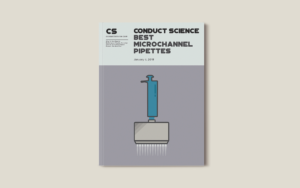
Best Microchannel Pipettes: A Comprehensive Guide
Introduction Pipetting, at first glance, would seem a fairly simple and easy task. Essentially described as glass or plastic tubes used to measure and transfer
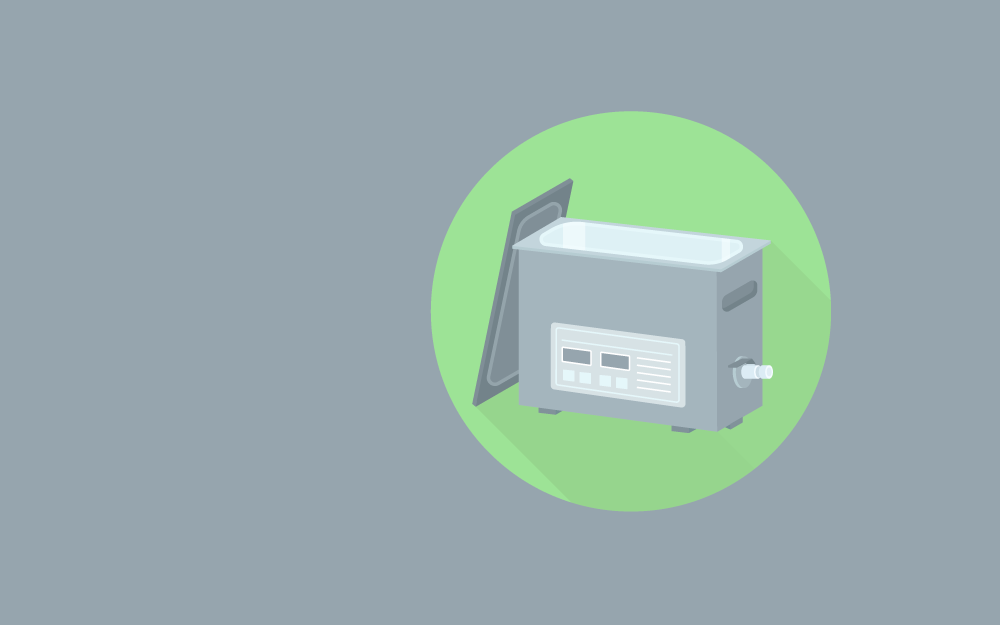
Ultrasonic cleaners use ultrasound and cleaning agents to remove contaminants from the object’s surface. They lean on the ability of sound waves to propagate in a medium and vibrate its molecules, allowing them to access and clean every nook and cranny of the object’s surface.
At the most basic, ultrasonic cleaners consist of:[1-2]
Ultrasonic cleaning technology is considered superior to other cleaning methods. It can remove unwanted particles and destroy contaminants such as viral particles, bacteria, and fungal spores on the item’s surface. The device can clean durable objects like surgical tools, laboratory ware, and delicate items such as jewelry, circuit boards, and silicon wafers.
Ultrasound is a high-frequency sound wave above 18 kHz, which is inaudible to the human ears. In ultrasonic cleaners, generated ultrasound induces cavitation in the cleaning liquid.[2]
When a sound wave is generated, it is transmitted through a medium, temporarily displacing molecules of the sound-conducting medium. As the wave passes, the molecules compress and enter the compression stage. They decompress and enter the rarefaction phase as the wave progresses through the medium. These phases occur in alternation until the wave dissipates.
At the compression area, the pressure of the medium is positive and becomes negative during rarefaction. The negative pressure increases as the amplitude increases, leading to a formation of a powerful burst of the jet stream made from vacuum bubbles at the rarefaction area, termed cavitation.
The pressure becomes positive when the molecules enter the compression phase, causing the cavitation bubbles to expand and implode. This implosion results in a staggering increase in the temperature that could generate a shock wave at the implosion site.
Ultrasound-induced cavitation decreases the time required for dissolving contaminants. When the cleaning solution dissolves the contaminants to saturation, it forms a layer between the undissolved contaminants and the fresh solution. The cavitation jet stream can dislocate the layer of saturated solution, reducing the time contaminants come into contact with the fresh cleaning solution.
Soluble and insoluble molecules in contaminants are held together by non-covalent bonds such as ionic, adhesive, and cohesive forces. Cavitation from ultrasound can interfere with these loose chemical bonds, dissociating these molecules so that each can come into contact with the cleaning solutions.
After cavitation and implosions, the pressure and temperature of the cleaning solution are remarkably high. As a result, chemical reactions at the implosion site are accelerated, including contaminant dissociation.
Ultrasonic cleaners can be categorized based on the cavitation properties as follows:[2]
Apart from the frequency, ultrasonic cleaners are also classified based on construction:[1]
Ultrasonic cleaners are easy-to-use and do not require specialized training. However, workers should be informed of potential electrical and chemical hazards, safety measures, and precautions that could circumvent any harm to the operator and device.
To prevent electrical shock:[3]
To prevent damage to items and the cleaner, or harm to the operator:[3]
Apart from the capacity, here are the factors to consider when choosing an ultrasonic cleaner:
Ultrasonic cleaning is generally harsher than megasonic cleaning. The former often generates shockwaves that erode the items’ surface. Therefore, if the target items have delicate parts on the surface, megasonic cleaning is a better choice.[2]
High cleaning temperature, ultrasonic power, and low vibrating frequency add to the cavitation intensity. Most ultrasonic cleaners operate at a temperature of 70-80°C and a specific ultrasonic frequency and power. This condition is optimum when water is used as the cleaning medium, and it applies to most durable objects.[2]
Nonetheless, the default condition can be too rough for objects with different materials or contaminants. Consider choosing an ultrasonic cleaning device with adjustable temperature and frequency if it is expected to clean various materials.
The cleaning and rinsing solution are essential to the efficiency of ultrasonic cleaning. They must be compatible with the cleaning device so that they don’t react with the device surface but the contaminations on the item’s surface.
A good cleaning and rinsing solution should be inflammable and free from bleaches or inorganic acids. It shouldn’t be too vicious when diluted to the working concentration so that the effect of cavitation can be maximized.[2]
Ultrasonic cleaning technology is regarded as a standard cleaning technology. It uses ultrasound and compatible cleaning solutions to produce cavitation bubbles, thoroughly removing contaminants from the object’s surface.
Need an efficient way to remove contaminants in your lab works? Then check out our ultrasonic cleaner!

Introduction Pipetting, at first glance, would seem a fairly simple and easy task. Essentially described as glass or plastic tubes used to measure and transfer

Resource Identification Initiative: A Key to Scientific Success and Analytics The key to success can be found in the essential principles of the Resource Identification

INTRODUCTION AND BRIEF HISTORY One of the most important pieces of equipment in the laboratory is the centrifuge, which facilitates the separation of samples of

INTRODUCTION AND BRIEF HISTORY One of the most important pieces of equipment in the laboratory is the centrifuge, which facilitates the separation of samples of


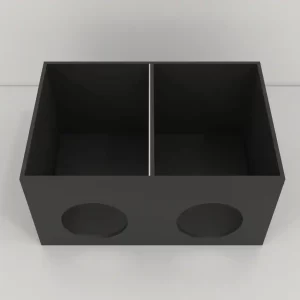

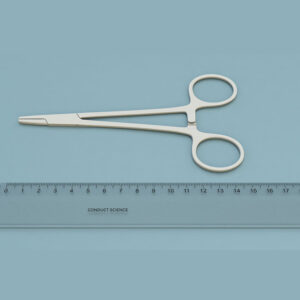
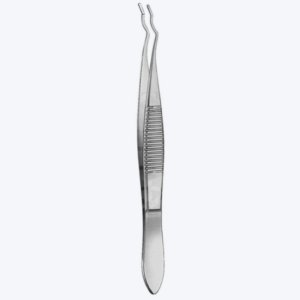
DISCLAIMER: ConductScience and affiliate products are NOT designed for human consumption, testing, or clinical utilization. They are designed for pre-clinical utilization only. Customers purchasing apparatus for the purposes of scientific research or veterinary care affirm adherence to applicable regulatory bodies for the country in which their research or care is conducted.